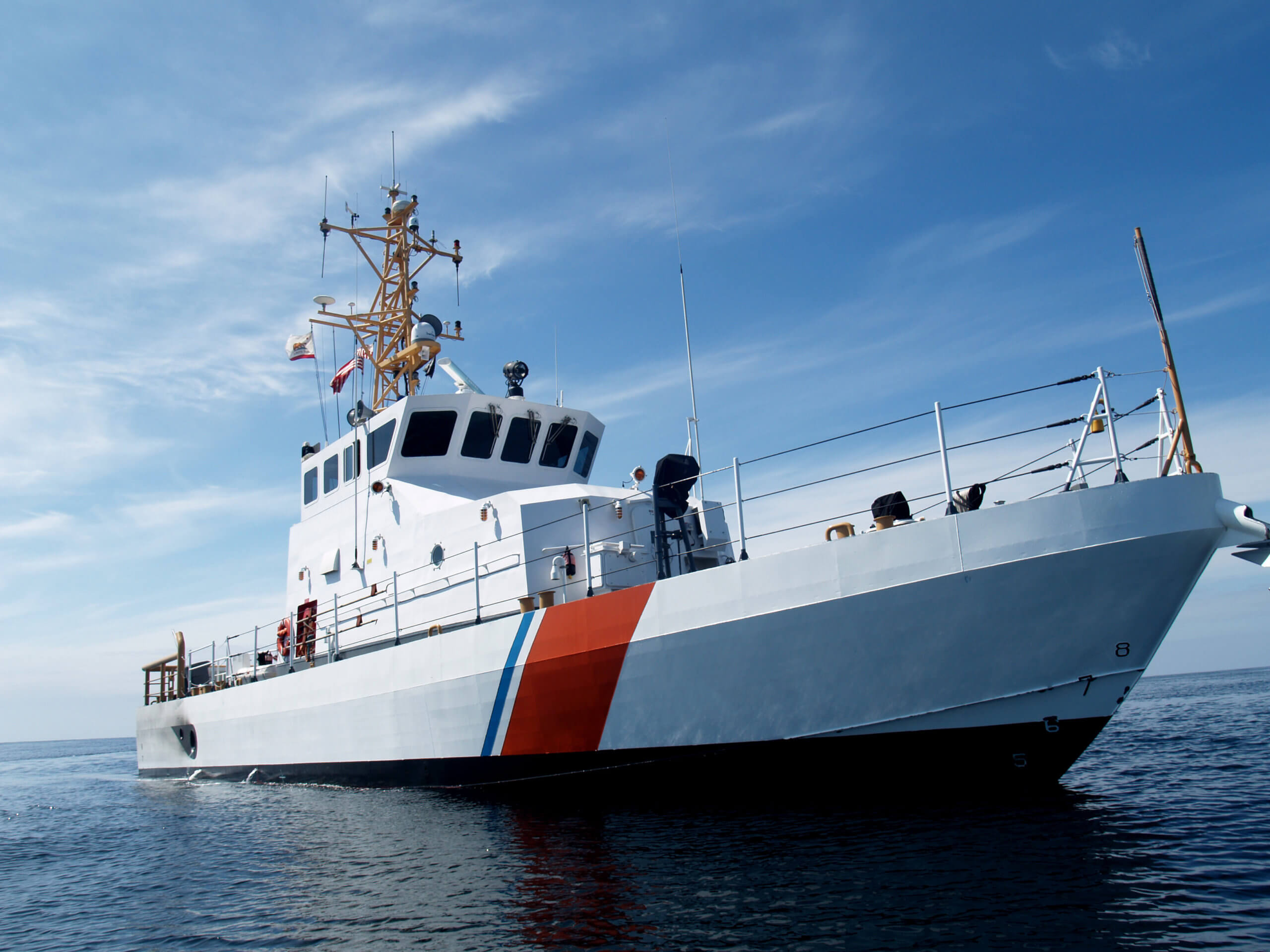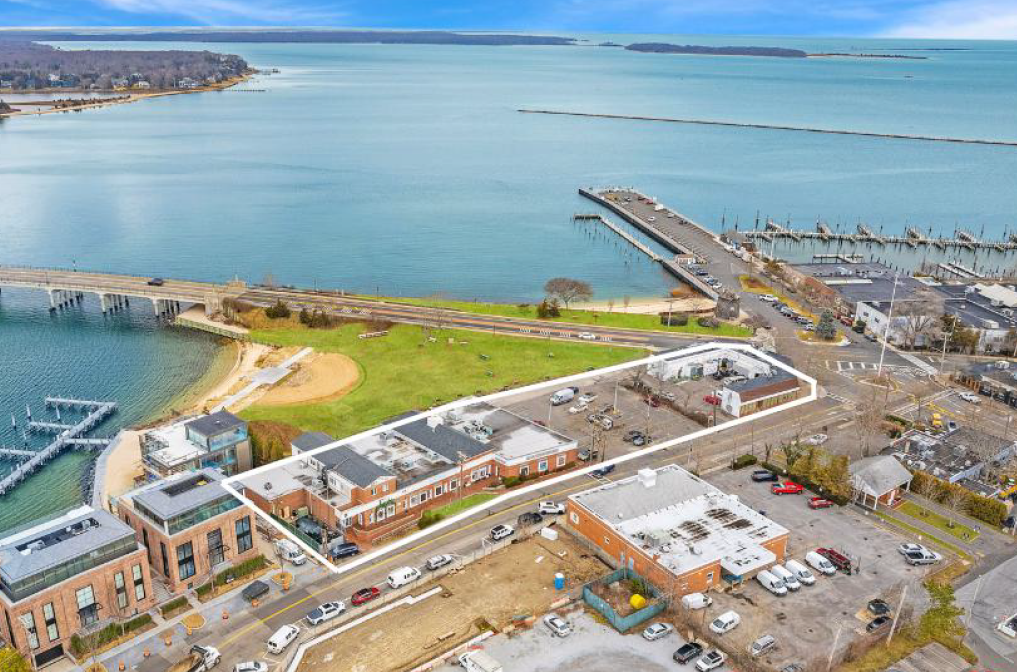Hunkering Down

With Hurricane Dorian having decimated the Bahamas and pummeling the Carolinas as I write this, it is a grim reminder that we are not immune. Almost without exception, we get the tail, shoulder, or rump of one or two of the dozen or so hurricanes that form up in the Atlantic between the Caribbean and Africa and bring so much destruction and misery with them as they thunder west and north. Hurricane season still has time to run. We live on an island. This column is about that.
Tidal Surges
For islanders, as bad as the winds will be (more on that below), it is the tides and tidal surges that will do most of the damage, which is why even these tails that go by every year leave so much trouble behind. The storm tide is added to the astronomical tides. And when those waves hit something solid, they generate force dozens of times more powerful than wind of the same speed. Andrew generated a storm tide of 17 feet. Camille in 1969? Twenty-four feet. And of course, there was Sandy, who just sat there, at high tide during a full moon.
Add to that the population growth in our area and the increase in the value of homes and it can spell either “an absolute disaster” or “they were prepared.”
What Is It?
A hurricane is, in the words of scientists, an organized rotating weather system that develops in the tropics. Technically, it is a tropical cyclone, and it is classified as one of three states, with hurricanes being further classified into levels of destruction.
Tropical Depression: Sustained winds of 38 mph (33 knots) or less
Tropical Storm: Sustained winds of 39 to 73 mph (34-63 knots)
Hurricane: Sustained winds of 74 mph (64 knots) or greater
Hurricanes are called typhoons in the western Pacific and cyclones in the Indian Ocean. Six of one, a half dozen of the other.
Categories Of Hurricanes
We’ve all heard the weather reporter state that “Hurricane ‘x’ is now a Category 3 hurricane and headed for ________.” What does that mean?
A Category 1 has winds of 74 to 95 mph. Anything not tied down is going to be lost; don’t get hit by it. Examples are Irene in 1999 and Sandy in 2012.
A Category 2 has winds of 96 to 110 mph. Trees will go down, and roofs are in trouble. Examples are Floyd in 1999 and Georges in 1998.
A Category 3 has winds of 111 to 130 mph. Many trees will go down, along with small buildings. Examples are Betsy in 1965 and Alicia in 1983.
A Category 4 has winds of 131 to 155 mph. Damage expected can include complete failures of some small buildings, and complete destruction of many structures. One example is Hugo in 1989.
A Category 5 has winds of 156 mph or higher. Damage: Catastrophe. Wrath of God. Examples are Andrew in 1992, Katrina in 2005, and this month’s Dorian.
USCG hurricane aircraft reported Andrew, Katrina, and Dorian had generated winds over 200 mph at various times of the storms.
When looking at Cat-5s, no one is saying that there is no difference between a storm that brings 160-mph winds and one that reaches 190. The force of the winds goes up with the square of the velocity. In layman’s terms, that means a hurricane with 200-mph winds has four times — not just double — the force of one with 100-mph winds.
Are You Ready For the Glancing Blow?
Look, if a Category 4 or 5 gets up here like in 1938, there are no levels of preparedness except evacuation. A storm surge like Camille’s basically means that everything “south of the highway,” as real estate agents like to classify the choicest properties on Long Island, is gone for all intents and purposes. But what if the glancing blow like Ivan’s in 2004 or, Earl’s, who came by earlier in 2012, came in head-on? How can you be ready?
Before The Storm Arrives
1. Have a family action plan. If you’re at caught at school or at work, who do you call?
2. Flash lights working? Canned goods and water supplies? Cash? Portable radio?
3. Where are you going to move the boat? Don’t even think about staying on her.
4. How about your prescription medicines? A first-aid kit is where?
During The Storm
1. Have the radio or TV on. If power goes out and you don’t have a portable radio, I’d get the kids in the car and “to grandmother’s house we go!”
2. Propane tanks on your property? Shut them off, completely.
3. Turn the refrigerator up all the way and don’t open the door idly.
4. Fill the bath tub with water. How about the big spaghetti pot? Anything that can hold water and keep it clean.
5. If ordered to evacuate, do so. Immediately. And tell someone where you are going.
6. When evacuating, don’t drive across flowing water. Two feet of flowing water can carry your car away. Yes. Only two feet of moving water. Turn around and go another way. There is no other way? Call 911 or the U.S. Coast Guard.
After The Storm
1. If you’ve been ordered to evacuate, don’t go back until the area is declared safe.
2. If you see someone that needs rescuing, unless the threat of loss of life is imminent, call 911.
3. See standing water? Do you know if any power cables lie in it?
4. Never use candles and other open flames indoors. Keep the flashlight at your side.
This is by no means an exhaustive list.
If interested in being part of USCG Forces, email me at JoinUSCGAux@aol.com.



